2025 Toyota Tacoma vs. 2025 Chevy Colorado: 5 Major Differences originally appeared on Autoblog.
Battle of the midsize trucks
The midsize pickup segment has become one of the most competitive corners of the U.S. auto market. Buyers want a truck that can haul, tow, and take a beating, but they also demand comfort, fuel efficiency, and modern tech. Two of the best-selling names in the category—the Toyota Tacoma and Chevrolet Colorado—both received major redesigns recently, and the 2025 model year shows just how different their strategies are.
The Tacoma, a long-time favorite among off-roaders and urban weekend warriors alike, leans into Toyota’s hybrid technology and a broad range of trims that run from work-ready to luxury-leaning. The Colorado, redesigned for 2023, doubles down on torque, towing, and value, aiming squarely at customers who want capability first and foremost. Here’s a look at five major differences between these two trucks that could sway your decision.
1. Powertrain options and engine output
One of the clearest differences between these trucks is in what sits under the hood. Chevrolet keeps things simple with the Colorado: every trim comes with the same 2.7‑liter TurboMax engine. That four-cylinder makes a strong 310 horsepower and an impressive 430 pound-feet of torque, paired with an eight-speed automatic transmission. The benefit here is consistency—you get the same punchy engine no matter if you’re in a base Work Truck trim or the off-road ZR2. It also keeps things straightforward for buyers who don’t want to wade through engine options.
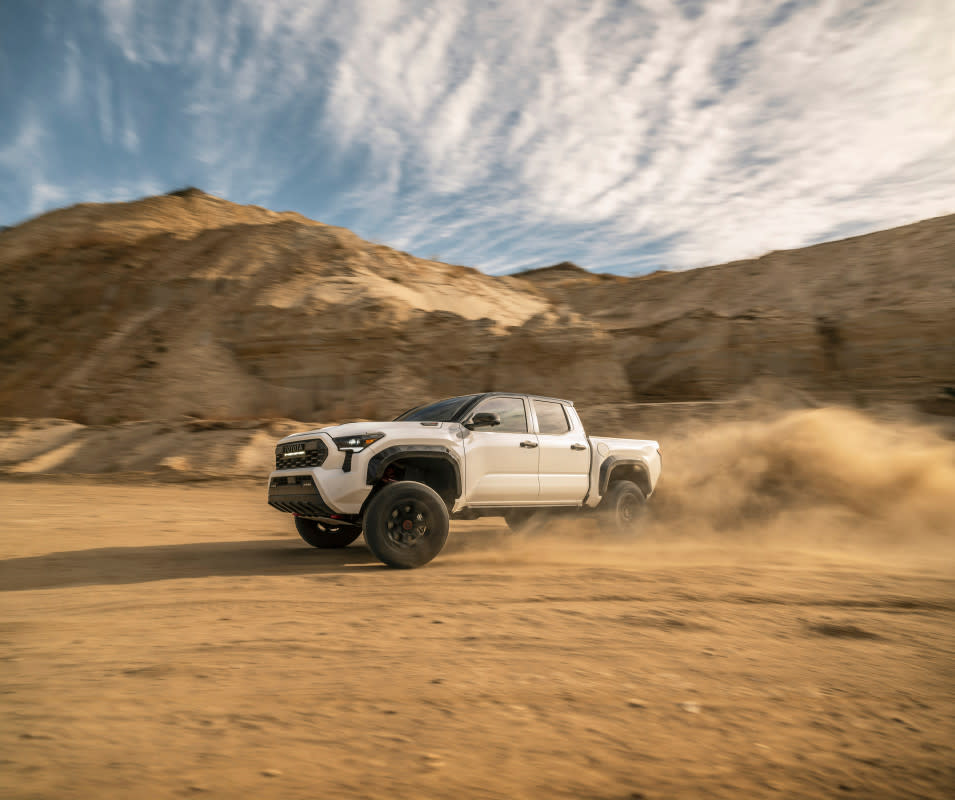
Toyota takes a slightly more flexible approach. The Tacoma’s SR5 and TRD Off-Road trims both come with a 2.4‑liter turbocharged four-cylinder, putting out 278 horsepower and 317 lb-ft of torque. Step up to the TRD Pro, which adds a hybrid setup to the drivetrain, and you get 326 horsepower and 465 lb-ft.
Takeaway: Colorado wins on simplicity and strong standard torque, while Tacoma offers more choice—including the segment’s first hybrid option for buyers who want both efficiency and power.
2. Towing and payload capacity
Hauling capability is still the number-one reason many buyers look at pickups, and here the Colorado takes the upper hand. Properly equipped, it can tow up to 7,700 pounds—best in class—and handle a payload of around 1,684 pounds. That makes it well-suited for hauling a pair of jet skis, a midsize camper, or heavy construction materials without breaking a sweat.
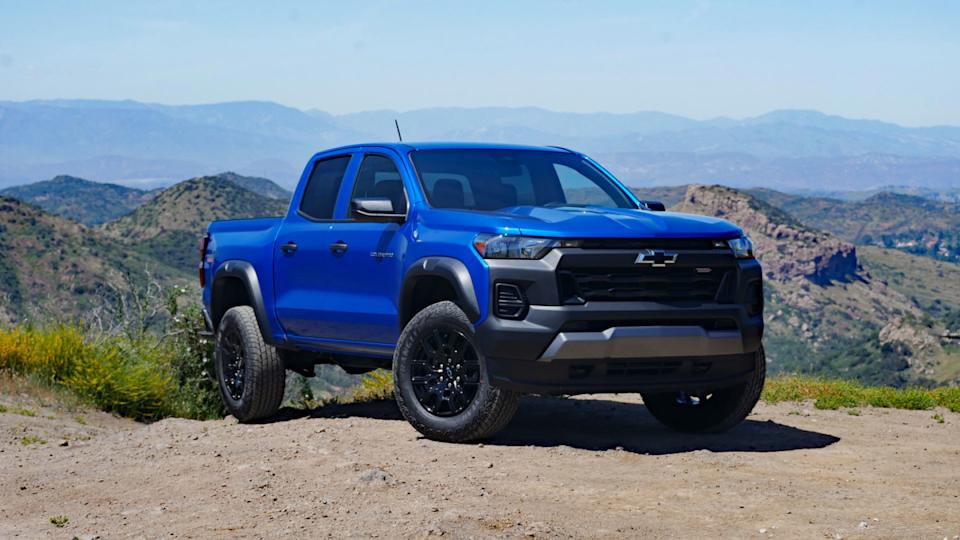
The Tacoma isn’t exactly weak, but it does trail. The maximum towing capacity for the 2025 Tacoma is 6,500 pounds, with payload topping out around 1,705 pounds. That’s plenty for most weekend trips or light work duty, but it leaves about 1,200 pounds of towing headroom on the table compared to the Chevy. It’s worth noting that Tacoma’s hybrid version has slightly lower towing ratings, capped at around 6,000 pounds, though torque delivery is strong and responsive thanks to the electric motor’s instant power.
What this means in practice is that the Colorado is the better choice if you plan to tow often or near the maximum limits. The Tacoma can do plenty for daily use, but buyers with heavy trailers, boats, or RVs will notice the difference.
3. Bed size, dimensions, and practicality
Beyond engine output, midsize trucks need to prove they can carry gear easily. Here, Toyota offers more flexibility. The Tacoma comes in two bed lengths—five feet or six feet—depending on cab style. The bed itself is also wider, measuring about 53 inches between the wheel wells. That means you can lay a standard four-foot sheet of plywood flat, a detail that makes a real difference for weekend projects or jobsite use.
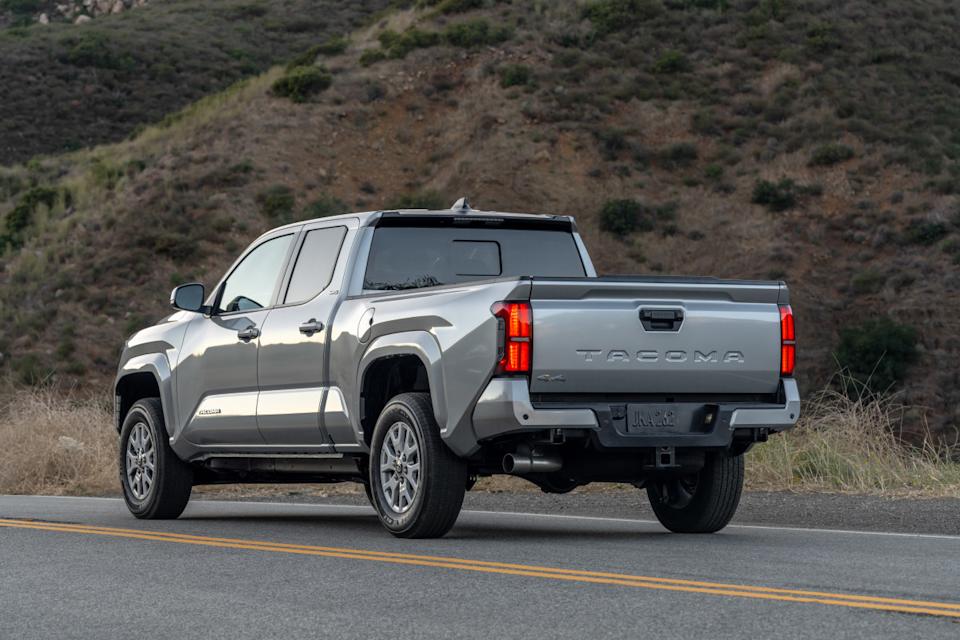
The Colorado, on the other hand, keeps things simpler: every version comes with a five-foot bed and a crew-cab configuration. Its width between the wheel wells is about 45.5 inches, which means loading wide sheets requires angling them or placing them on top of the wheel wells. That’s less convenient if you’re hauling building materials, but Chevy compensates with clever storage solutions. The available StowFlex tailgate has a built-in storage compartment, while an optional bed camera helps monitor cargo while driving or backing up.
In terms of overall dimensions, the Colorado’s cabin is slightly roomier, giving passengers more shoulder and hip space. Tacoma’s rear seats can feel tighter, but Toyota balances that with useful hidden storage bins under the seats and behind the rear cushions.
4. Infotainment, interior tech, and comfort
Technology has become a key selling point, even in rugged trucks. The Colorado starts with an 11.3-inch touchscreen and an 11-inch digital driver display—standard across all trims. Wireless Apple CarPlay and Android Auto come included, and higher trims add niceties like a premium Bose audio system and surround-view cameras. Chevy deserves credit for giving even base buyers a robust tech package.

Toyota Tacoma SR5
ToyotaView the 2 images of this gallery on the original article
Toyota goes bigger at the top end. Depending on trim, the Tacoma offers an enormous 14-inch central display—the largest in the class—along with a 12.3-inch digital gauge cluster. Wireless smartphone integration is standard, and higher trims bring JBL audio with a removable Bluetooth speaker, wireless charging, and clever storage touches. Toyota also offers advanced off-road displays that show pitch, roll, and other trail data.
Comfort levels are competitive in both trucks. The Colorado emphasizes wide, supportive seats and a more car-like driving position. Tacoma takes a step forward for 2025 with improved seat ergonomics and higher-quality materials, particularly in trims like the Limited and Trailhunter. In practice, the Toyota now feels less like a bare-bones work truck and more like a vehicle you’d happily drive daily.
5. Pricing, value, and resale
Finally, there’s the question of cost. The 2025 Colorado starts at around $31,900 for the base Work Truck trim, with prices climbing to just under $50,000 for the off-road-focused ZR2. That’s competitive within the midsize segment and reflects Chevy’s focus on capability and value.

Toyota Tacoma TRD
ToyotaView the 2 images of this gallery on the original article
The 2025 Tacoma comes in at a slightly cheaper starting price of $31,590 for its base SR trim. But where Toyota really pulls ahead is in long-term ownership value. Historically, the Tacoma has been one of the best trucks in America for resale, often retaining a higher percentage of its original price than rivals.
Fuel economy is another consideration. The RWD Tacoma manages a combined 23 mpg between city and highway driving, while the RWD Colorado gets 20 and 24 mpg, respectively, for city and highway driving. As expected, all-wheel drive specs for both trucks perform slightly worse when it comes to fuel efficiency. The all-wheel drive Tacoma gets roughly 21 mpg combined, and the Tacoma comes in just under that at roughly 20 mpg.
Final thoughts
The 2025 Toyota Tacoma and Chevy Colorado represent two different philosophies of the midsize pickup. Chevy has carved out a niche as the torque-rich, tow-heavy option that offers a lot of standard tech at a competitive price. Toyota, meanwhile, brings choice—offering trims that range from budget-friendly to near-luxury, plus the first hybrid powertrain in the segment, strong fuel efficiency, and proven resale value.
For buyers who prioritize towing, payload, and straightforward strength, the Colorado is the clear winner. For those who want variety, hybrid efficiency, and a truck with a reputation for lasting longer than its owners might keep it, the Tacoma makes a strong case. Either way, the 2025 model year ensures that midsize truck shoppers have two compelling, but very different, options.
2025 Toyota Tacoma vs. 2025 Chevy Colorado: 5 Major Differences first appeared on Autoblog on Aug 4, 2025
This story was originally reported by Autoblog on Aug 4, 2025, where it first appeared.
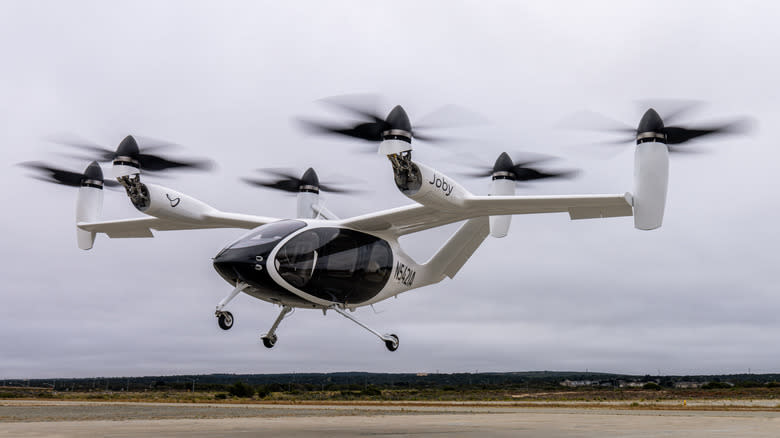
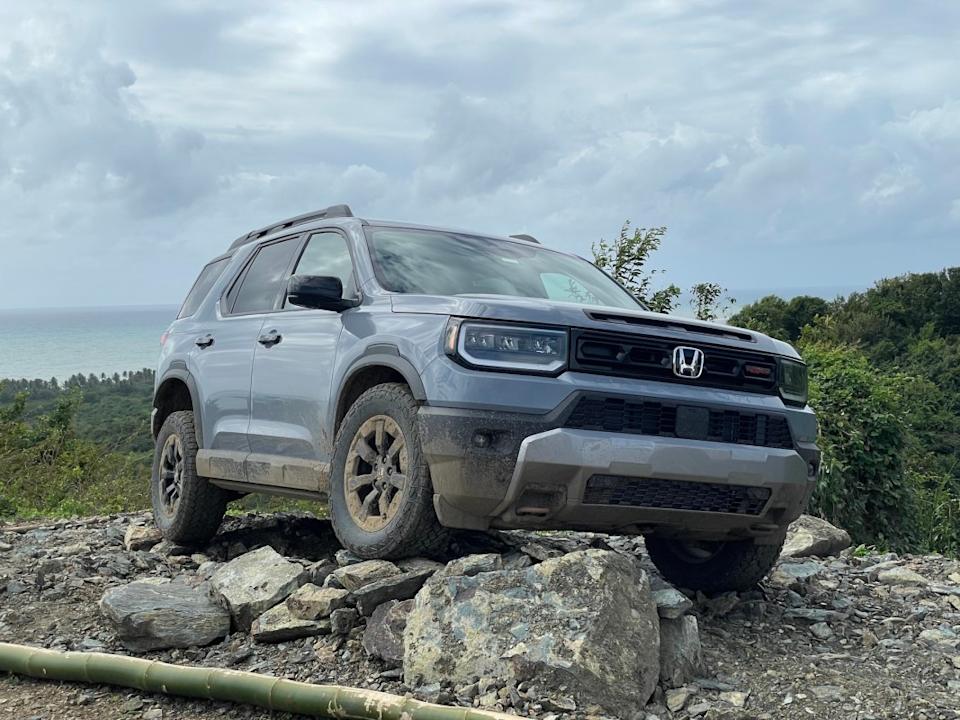
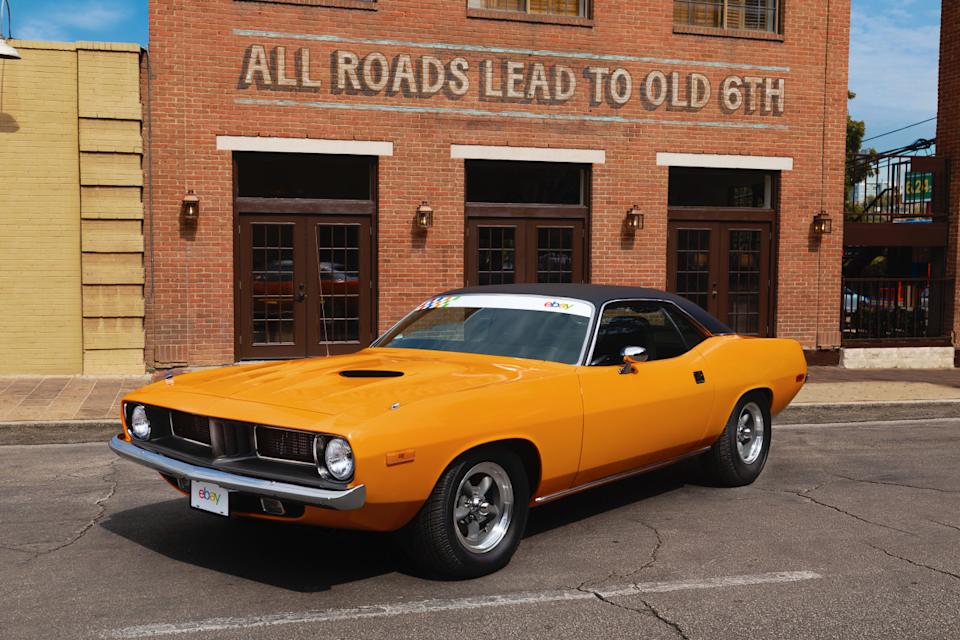
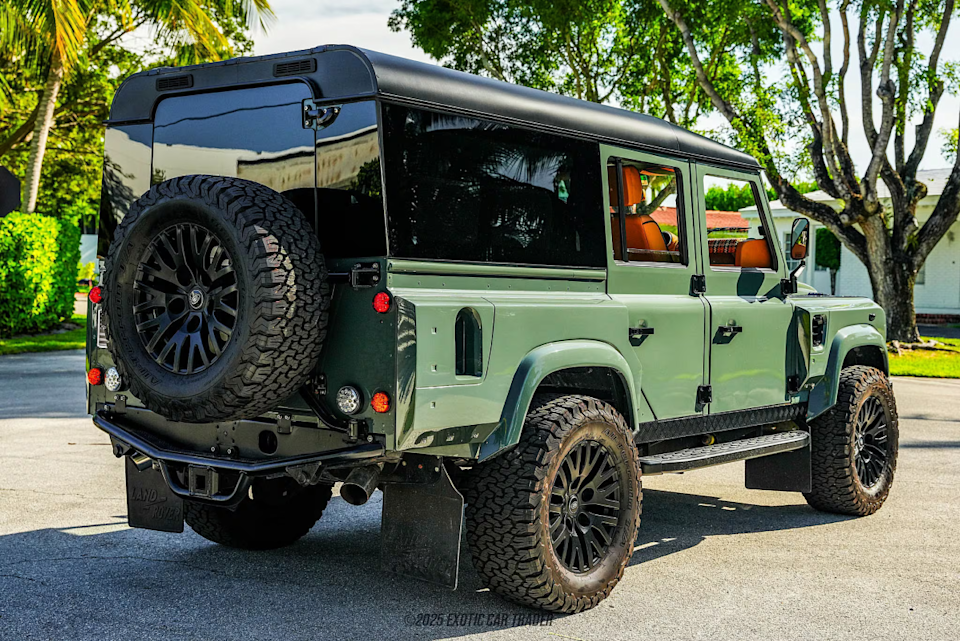


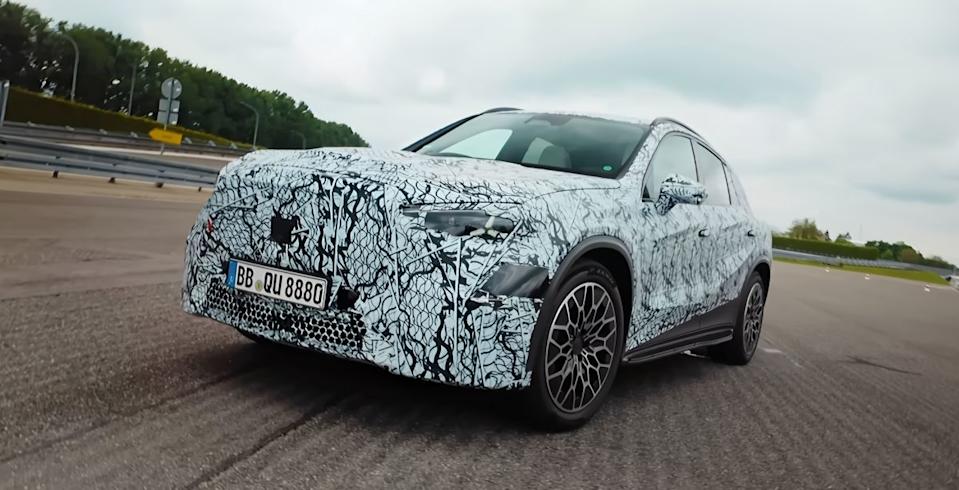
Comments